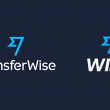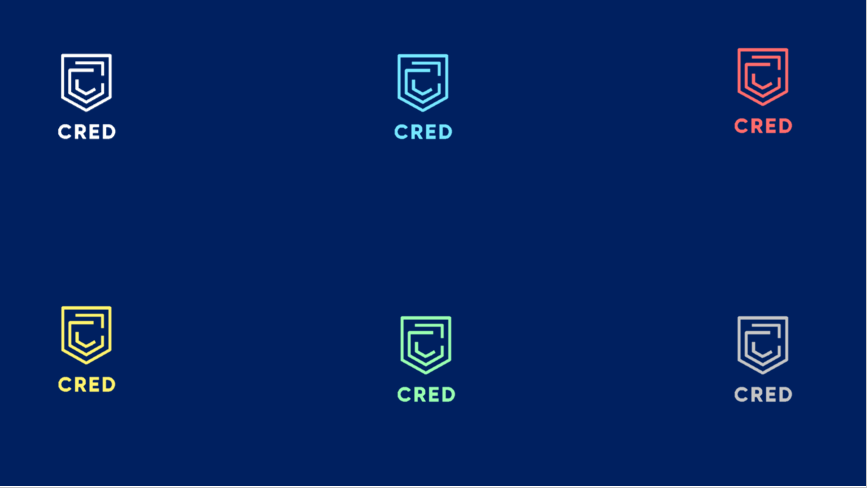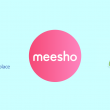Amazon launched its e-reader ‘Kindle’ around 2007. By the year 2018, Amazon has sold close to 90 Million devices (Source). As per a study published by BISG, 32% of the book reading device market was captured by Kindle devices. Highest market share is of Personal computers which of course is the obvious choice for many. Amazon’s strong backing can be attributed for the success of Kindle. It also has a humongous library of 6 million-plus books. Easy accessibility across devices help too. But Kindle did not have the success easily.
Do You Need a First Mover Advantage ?
World’s first-ever book reader was launched in 1997, 10 years ahead of first kindle. Martin Eberhard and Marc Tarpenning had crafted first e-book reader and pitched this Idea of e-book reader to the then New age Internet book store Amazon. The Arrangement did not work out with Amazon. Barnes and Noble eventually took up initiative to launch the product Barnes and Nobel despite being first in the race, hasn’t had the first-mover advantage. Nook has not been able to taste success like Kindle despite multiple efforts.
Around 2004, Sony, the technology innovator, came up with their first e-reader. This was again 3 years ahead of Kindle launch. e-Reader market was yet to be disrupted.
Then Comes ‘Kindle’
Around 2007, Kindle was launched, and as its name means, it set the e-reader market on fire. Within 5 and half hours of its launch, Kindle was sold out. The early success was attributed to its features of expandable storage and downloads feature. This $400 device became a must-have device for book readers.
Further, Amazon waited for close to two years to launch another edition of its blockbuster product. This product had minor enhancements on the feature side and came with a 10% price cut. They also came up with Kindle DX and Kindle DX Graphite in the same year of 2009. DX was a larger version, intending to attract newspaper readers. A darker ink variant, DX Graphite, was introduced as well. This version failed to impress its readers. Amazon stopped this version in 2012. They reintroduced a modified version in 2013. Looking at consistent failure, they plan to bring down curtains on Graphite version in 2014.
Iterative Approach
In 2010, Kindle 3 was introduced which dumped some features of Kindle DX. WiFi was introduced in an e-Reader for the first time. Kindle 3 as an iteration was successful again.
Kindle 4 was released with a major revamp in 2011. So far all the Kindles introduced had a physical weird-looking keyboard, on the device. The new device had 4 physical buttons. The prices of this version dropped significantly too to around $100. Also, it experimented in 2011, by introducing Kindle touch, its first touch-based device.
Kindle 5 launched with some performance updates and lower pricing in 2012. They also tried the first paperwhite edition in 2012. This was actually to beat the competition to their game of backlight enabled versions. Then Kindle had an iteration in 2013 of its paperwhite version, with performance updates and better readability. Finally, in 2014, it introduced the Kindle 7, priced around $70, with no physical buttons. This version though did not have a backlight.
It continued the Paperwhite version for the customers who were avid readers and were ready to pay the premium for its features.
Sony e-book reader, on the other hand, tried multiple iterations, however, none of them failed to leave a mark. All versions had to be discontinued, within a year of their launch. Nook, from Barnes and Noble, with a market share of around 13% is trying to set up a battle. First ‘nook’ device was launched in 2009, much after its original e-reader and Kindle’s first edition. They also tried tie-ups with Samsung. Nook had many compatibility issues as well.
Amazon Ecosystem
Amazon had an added advantage of its ecosystem as well. It could bundle some of its special offerings through its loyalty program ‘Prime’. It also acquired strategic companies Goodreads and Audible with a high synergy to support Kindle ecosystem.
How Iterative Approach engages the customers
When the first version of Kindle was introduced, it was far from perfect. If you compare the current pricing, it is 5-7 times cheaper than first version. But there was a demand. Releasing an upgrade every year helped them improve overall performance and glitches. Issues missed in previous iteration can be fixed in subsequent iteration. Through this iterations, you can also make your product feature-rich. Now, these are the obvious reason for the annual iteration.
Regular repeated releases add a physiological advantage in favor of the product. It keeps the customers engaged and also shoot up the curiosity levels in anticipation of what is to come. This curiosity leads to an overall increase in buzz around the product. And this buzz would easily help shoot up your product sales.
A similar approach has been followed by many mobile phone makers as well. Most of them have succeeded too with this approach. Your product is bound to be a Hit, if you can create that buzz and public anticipation around your product.
Also Read – Can Voice Replace Keyboards
References
http://mobileopportunity.blogspot.com/2010/02/how-many-kindles-have-really-been-sold.html
https://goodereader.com/blog/electronic-readers/amazon-has-sold-between-20-million-and-90-million-kindles
https://techcrunch.com/2017/11/19/a-decade-of-amazon-kindle/
https://www.trustedreviews.com/opinion/a-history-of-the-amazon-kindle-2946395
https://justpublishingadvice.com/there-are-now-over-5-million-kindle-ebooks/





